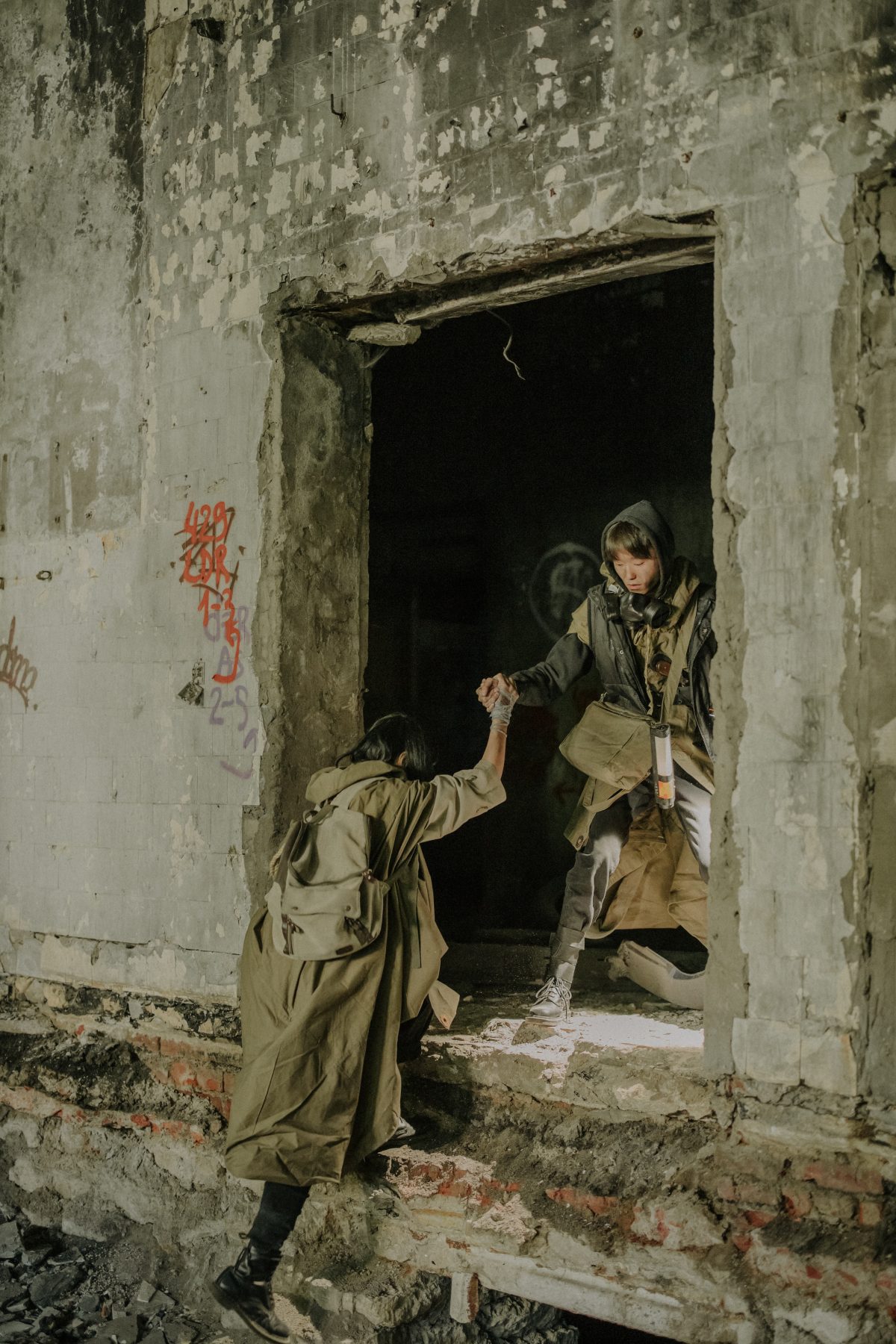As of the writing of this article, there is war in the world. Russia has invaded Ukraine and chaos has ensued. Aside from the death and disruption of life for those affected, the consequences of war can be felt for many years to come. Perhaps the greatest devastation occurs in the infrastructure of those unstable locations. The infrastructure of a country consists of basic facilities such as transport, communications, power supplies, and buildings, which enable it to function. Various types of infrastructure are:
- Highways, streets, and roads.
- Bridges and tunnels.
- Mass transit, airports, and airways.
- Schools, hospitals, and municipal buildings.
- Water supply and resources.
- Waste management and wastewater management.
- Power generation and transmission.
- Telecommunications.
- Hazardous waste removal and storage.
Structures that took many years and millions of dollars to build can be taken down in an instant. The bombing of highly populated areas is a familiar feature of modern-day conflicts. Not only does it maim and kill civilians, but it also destroys vital public infrastructure.
Here is a scenario of how the use of explosive weapons in populated areas impact civilian life:
If a port becomes destroyed in an air attack, ships can no longer dock. Cargo shipments are interrupted which potentially can cause a sharp rise in market prices as well as shortages in regions that rely on this infrastructure. The bombing of a simple warehouse can disrupt the supply chain and cause stockouts. This can result in serious consequences. When a country becomes the target of the bombing, road transporters often take safety measures, such as disbanding convoys, which reduce the volume of goods delivered. Insurance companies no longer cover transporters who operate in affected countries. This forces transport companies to suspend their activities. The resulting shortages of food and medication can lead to an increase in malnutrition and make people with illnesses more vulnerable.
Armed conflicts affect society and their consequences extend far beyond deaths in battle. Armed conflict often leads to forced migration, long-term refugee problems, and the destruction of infrastructure. Social, political, and economic institutions can be permanently damaged. Buildings, churches, and schools can be demolished taking many years to rebuild. During the war, economic infrastructures such as electricity and water infrastructure, education and health facilities, and agricultural systems is damaged, which in turn led to the reduction in productivity and the generation of revenue.
Unfortunately, conflicts can cause the eradication of historic sites. Architecture can be deliberately targeted for destruction, particularly in campaigns of ethnic genocide and cleansing. On par with biological and physical genocide, “cultural genocide” includes the destruction of identity symbols and artifacts such as buildings, books, and artworks. Destruction of high-profile cultural and religious sites continues to be a constant threat.
While we wait to see how this conflict unfolds, there is really not much we can do to. We pray that our leaders are able to diffuse the situation before the damage and destruction are immense. The targeting of civilians and the negative consequences on infrastructure can have long-lasting effects on a country’s economy. That is the worst-case scenario that we trust does not happen.


